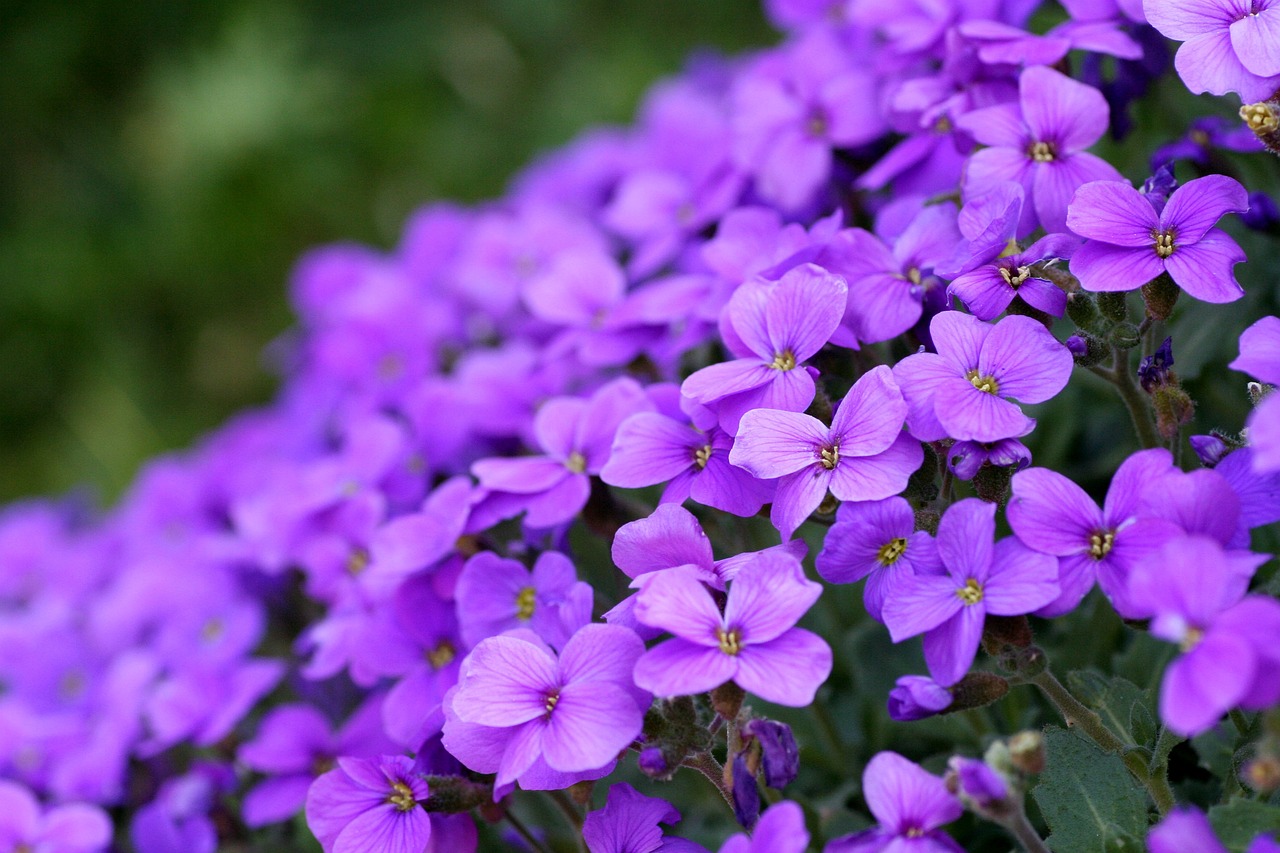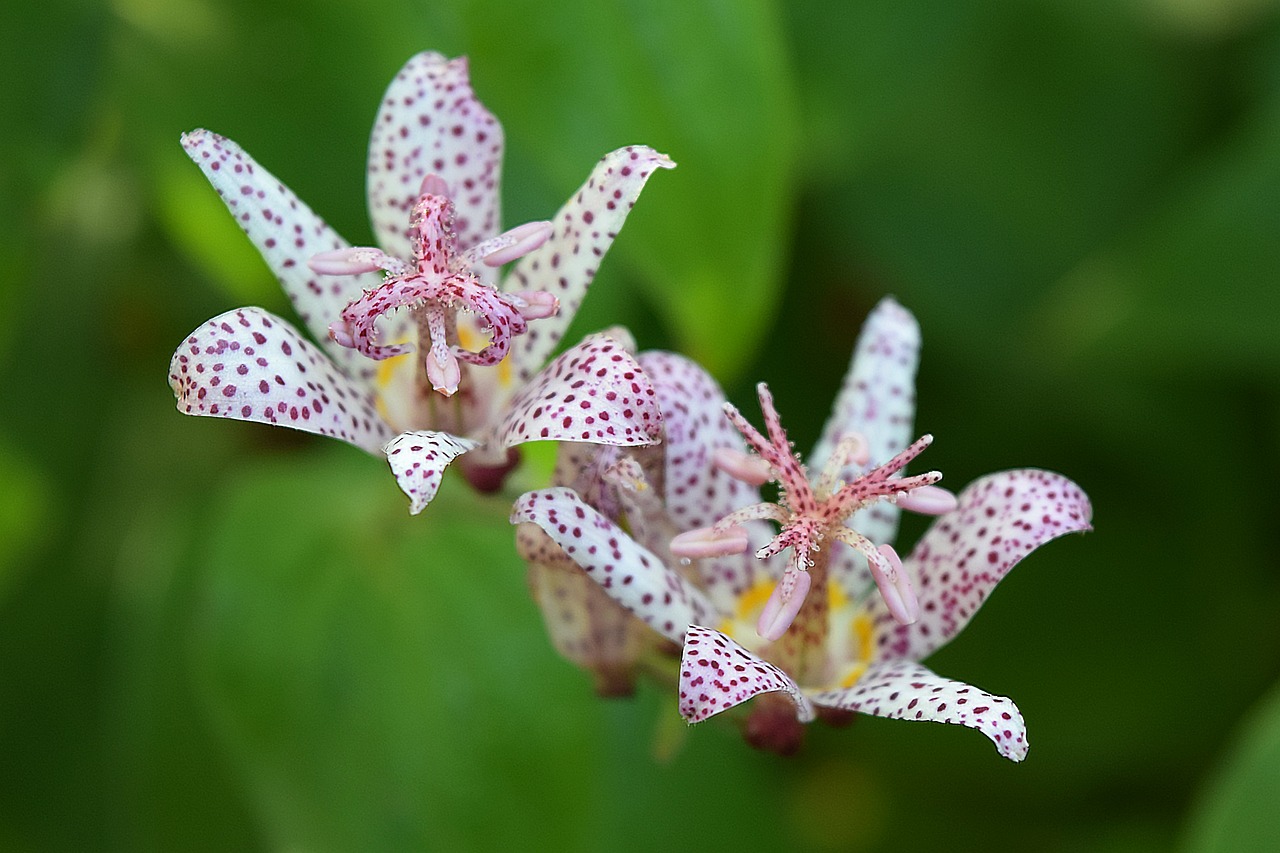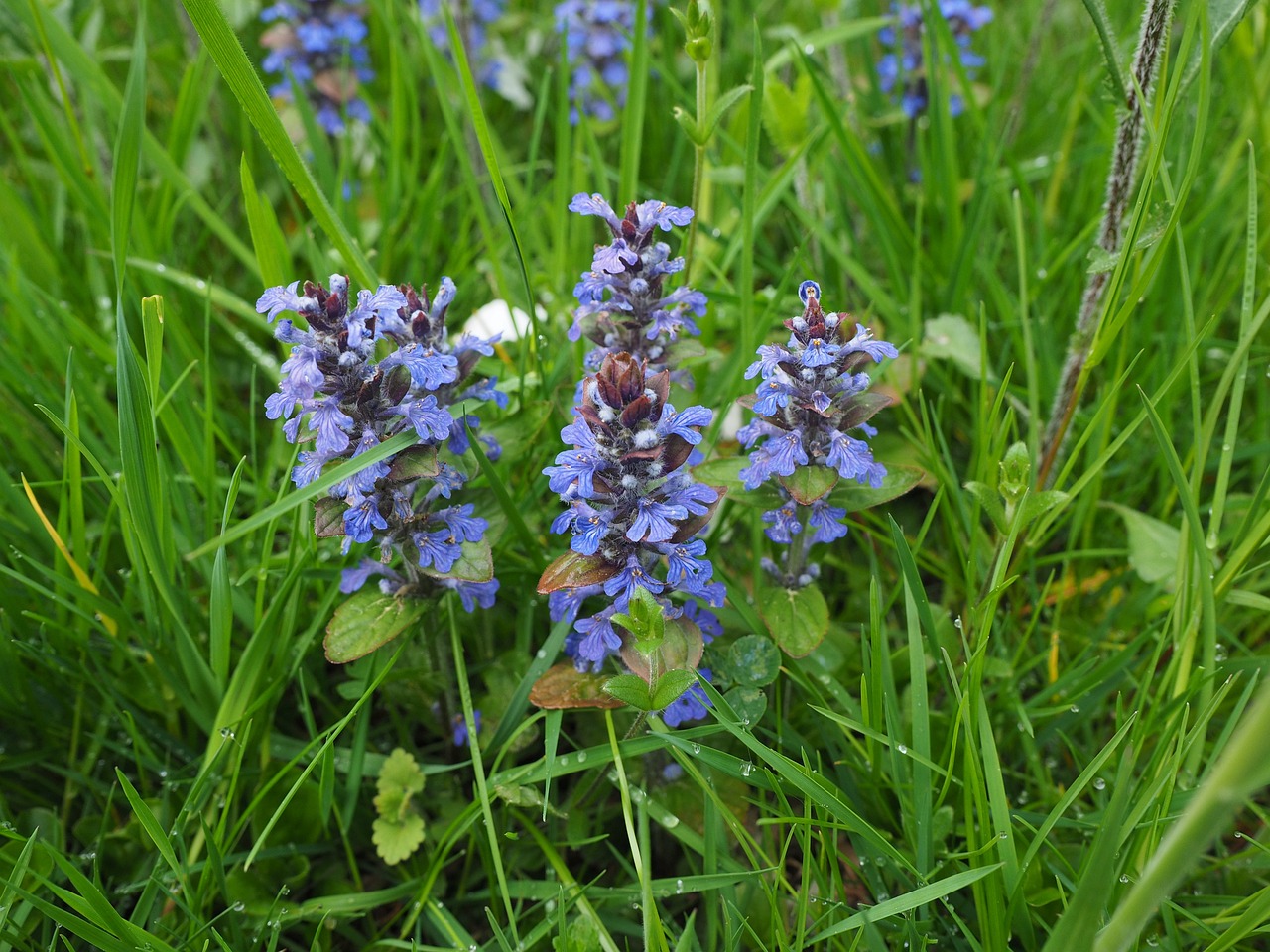Violets | Delicate Flowers Blooming at the Foot of Spring

Violets, with their delicate appearance and beautiful purple color, have long been cherished by people. As one of the flowers symbolizing spring, they hold special meanings in many countries and cultures.
In this article, I will introduce violets in detail, from their basic information and cultural significance to historical anecdotes and gardening tips.
Basic Information
- Scientific name: Viola
- Family: Violaceae
- Origin: Temperate regions of the Northern Hemisphere, widely distributed especially in Europe and Asia
- Appearance: Violets usually produce small purple flowers, but there are also varieties in white, yellow, and blue. The leaves are heart-shaped, and the plant has a compact height. It spreads across the ground and is often seen in the wild.
- Blooming season: Mainly in spring (March–May), but in warmer climates, they may also bloom in autumn.
Cultural Significance
Despite their small size, violets carry symbolic meanings across the world.
In Europe, they are known as symbols of humility and sincerity, and have long been admired. In France and Italy, violets have been regarded as flowers of love, often accompanying love letters.
In Japan, violets are seen as flowers announcing the arrival of spring, frequently appearing in traditional waka and haikupoetry under the name “sumiregusa.” Many poets have praised their beauty throughout history.
Historical Anecdotes
In medieval Europe, violets were venerated as flowers associated with the Virgin Mary. Their small and modest form symbolized Mary’s humility and purity.
Thus, violets became one of the symbolic flowers of Christianity, often depicted in church decorations and paintings.
Because they bloom in spring, violets were also associated with Easter, representing the resurrection of Christ and the hope of renewal.
In Greek mythology, violets appear as symbols of love and sorrow. It is said that Zeus gave violets to his lover Io. To protect her from his wife Hera, he transformed Io into a beautiful heifer and made violets grow on earth for her to graze upon.
This story highlights violets not only as symbols of love, but also as pure and ephemeral beings.
Gardening Advice
Cultivation Guide
Violets are relatively easy to grow and can be enjoyed in both gardens and pots.
Since they prefer partial shade, it is best to place them where direct sunlight is not too strong. During hot summers, it is important to provide a cool environment.
Water generously when the soil dries out. During the blooming season, providing sufficient water will encourage more flowers. After flowering, removing spent blossoms regularly helps new blooms to continue for a longer period.
Environment and Conditions
Violets thrive in well-drained soil. For potted plants, choose soil with good drainage and apply fertilizer regularly for healthier growth.
They are relatively tolerant of cold weather, so no special winter protection is needed. However, they are weak against heat, so in summer, I recommend moving them to a well-ventilated, cool location.
Conclusion
Violets are flowers that offer not only beauty but also rich cultural symbolism and historical stories.
They are perfect for those who wish to brighten their spring garden or enjoy charming blossoms in small spaces. Since they are easy to grow and require little care, violets are also ideal for beginners in gardening.
I encourage you to welcome violets into your garden or balcony and feel the arrival of spring through their delicate charm.




